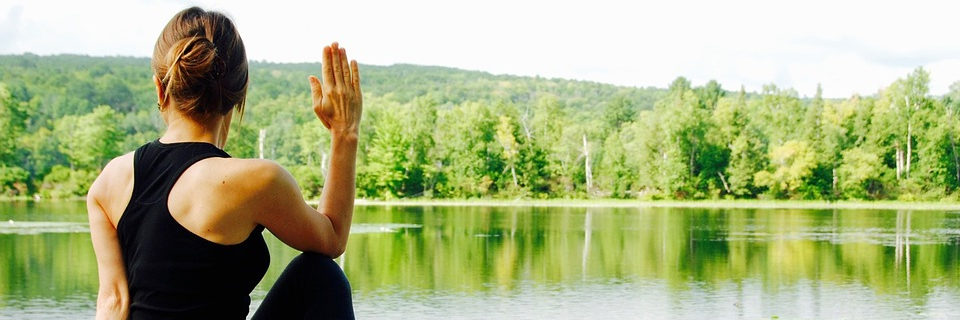We are all aware of days when we little energy, feel sluggish and just want to slouch around all day. On other days we feel driven, have lots of energy, feel a bit edgy and are mentally active. Occasionally we have those days when we seem to be perfectly balanced mentally and physically and the World seems a very benign comfortable place.
Well in Yoga there is a concept that material things (including ourselves) are affected by the Gunas. The Gunas are states of energy and affect all matter universally. There are 3 states (or attributes) of energy or prana, these being –
- Tamas – ignorance, inertia, laziness
- Rajas – passion, activity, movement
- Sattwa – goodness, calmness, harmony
These attributes are in constant flux in our bodies, but in Yoga we are aiming for a balance of Tamas and Rajas which is said to naturally bring about the meditative peaceful state of Sattwa.
When we are more Rajasic the energy or prana in our bodies is said to move the FRONT of the body and when we are more Tamasic the prana moves to the BACK of the body. In Sattwic states the prana resides in the centre of our beings.
Arohan/Awarohan Meditation
This is a daily practice to bring energy or prana back into balance.
- Sitting in a comfortable seated position, take a few moments to sense the body, emotions and mind. Have the eyes closed.
- On the inhalation visualise the breath start to ascend from the base of the pelvic floor travel up the FRONT of the body until it reaches the throat – at this point the breath moves to the BACK of the upper neck and continues to travel up the back of the skull until it reaches the top of the head. Here the inhalation finishes.
- On exhalation visualise the breath moving down the FRONT of the forehead, face and chin – when it reaches the throat the breath moves to the BACK of the lower neck and travels down the spinal column to the tailbone and pelvic floor. At this point the exhalation finishes.
- REPEAT steps 2 and 3 for 5 to 10 minutes
- At the end of the practice sit quietly and observe the energy state of the body
NOTE – It may help to visualise this breath movement as a “figure of 8” with the crossover point at the throat/neck
